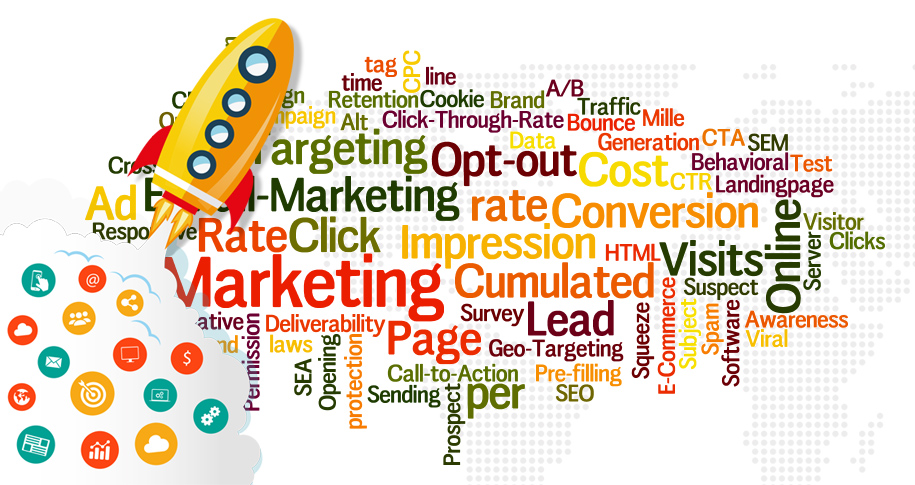What Are DemographicsWhat Are Demographics?
Demographics r... More?
DemographicsWhat Are Demographics?
Demographics r... More refer to statistical data about a population, specifically characteristics such as age, gender, income level, education, occupation, family size, ethnicity, and more. These characteristics help businesses segment their audience and create targeted marketing strategies tailored to specific groups. Understanding demographicsWhat Are Demographics?
Demographics r... More allows businesses to design more relevant products, services, and campaigns that resonate with different groups of people.
Why Are DemographicsWhat Are Demographics?
Demographics r... More Important in Marketing?
- Improves Targeting and Segmentation
Demographic data helps businesses segment their audience more effectively. By understanding the demographic profile of their target audienceWhat is Target Audience?
A target aud... More, marketers can create content, ads, and offers that are more likely to appeal to each specific group. - Informs Product Development
Demographic data provides insights into the needs and preferences of different customer groups. This helps businesses develop products and services that cater to the specific demands of their target demographicsWhat Are Demographics?
Demographics r... More, increasing the likelihood of success. - Enables Better Budget Allocation
By understanding the demographicsWhat Are Demographics?
Demographics r... More of high-converting customers, businesses can allocate marketing resources more effectively. This ensures that marketing dollars are spent on the channels and campaigns that reach the most profitable segments. - Improves Customer Experience
Understanding demographic factors allows businesses to tailor their messaging and marketing materials. A personalized approach increases the relevance of the content, leading to better engagement and a stronger connection with the audience. - Facilitates Market Expansion
Demographic analysis can reveal new markets or untapped customer segments that a business can target. By analyzing demographic data, businesses can identify underserved groups and adapt their marketing strategies to appeal to them.
Types of Demographic Data
- Age
Age is one of the most fundamental demographic categories. Understanding the age range of your audience helps create relevant marketing messages for different life stages, from teenagers to seniors. - Gender
Gender demographicsWhat Are Demographics?
Demographics r... More help tailor content, products, and advertisements to suit the preferences of different gender groups. - Income Level
Knowing the income level of your target audienceWhat is Target Audience?
A target aud... More can inform pricing strategies, product offerings, and promotional discounts. - Location
Geographical data provides insights into where your audience is located, which can help businesses localize content, choose the right ad placements, and target specific regions more effectively. - Education and Occupation
Understanding the educational background and job roles of your audience can help create content that appeals to their level of knowledge or career aspirations. - Family Size
Data on family size can help businesses design products or services that cater to households, whether it’s for young families, single professionals, or older adults.
How to Use DemographicsWhat Are Demographics?
Demographics r... More in Marketing
- Segment Your Audience
Break down your audience into smaller, more manageable groups based on key demographic characteristics. This allows you to target each group with more relevant and personalized marketing messages. - Tailor Your Messaging
Use demographic data to craft messages that resonate with each audience segment. For example, if you’re marketing to parents, focus on family-friendly products, or if you’re targeting students, emphasize affordability and convenience. - Choose the Right Channels
Different demographic groups use different media and platforms. For example, younger consumers may be more active on social mediaDefinition
Brand awareness is the ext... More platforms like TikTok, while older generations may respond better to email or traditional advertisingDefinition
Brand awareness is the ext... More methods. - Measure and Adjust
Continuously monitor the performance of your demographic-targeted campaigns. Use the data to refine your targeting strategies and adjust your approach to better engage your audience.
Challenges with Demographic Marketing
- Overgeneralization
DemographicsWhat Are Demographics?
Demographics r... More can provide useful insights, but they should not be the sole basis for decision-making. It’s important to avoid overgeneralizing, as individuals within a demographic group can have varying preferences and behaviors. - Changing DemographicsWhat Are Demographics?
Demographics r... More
DemographicsWhat Are Demographics?
Demographics r... More evolve over time, and so do the preferences of different age, gender, and income groups. Marketers must continuously update their demographic data to stay relevant and competitive.
